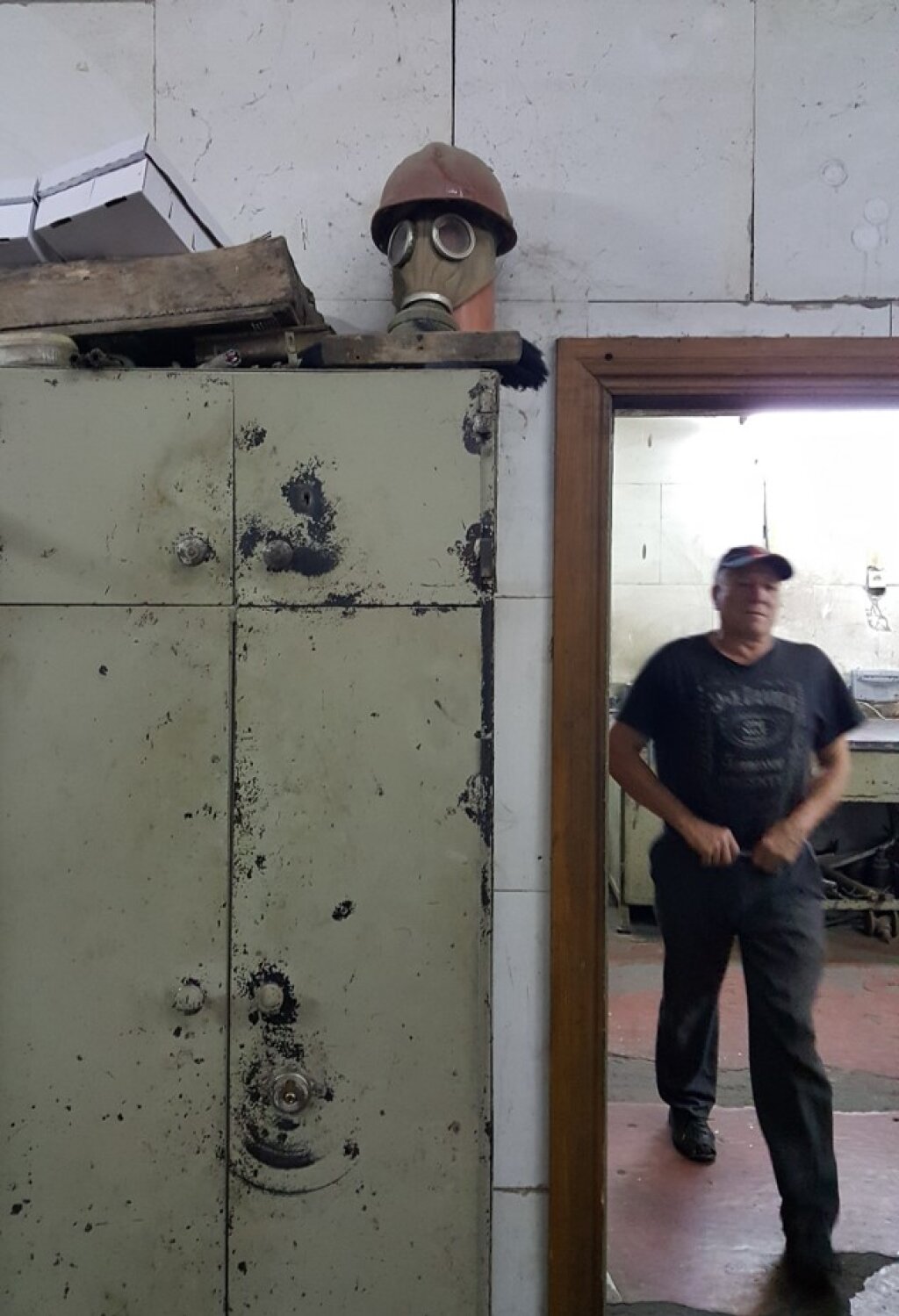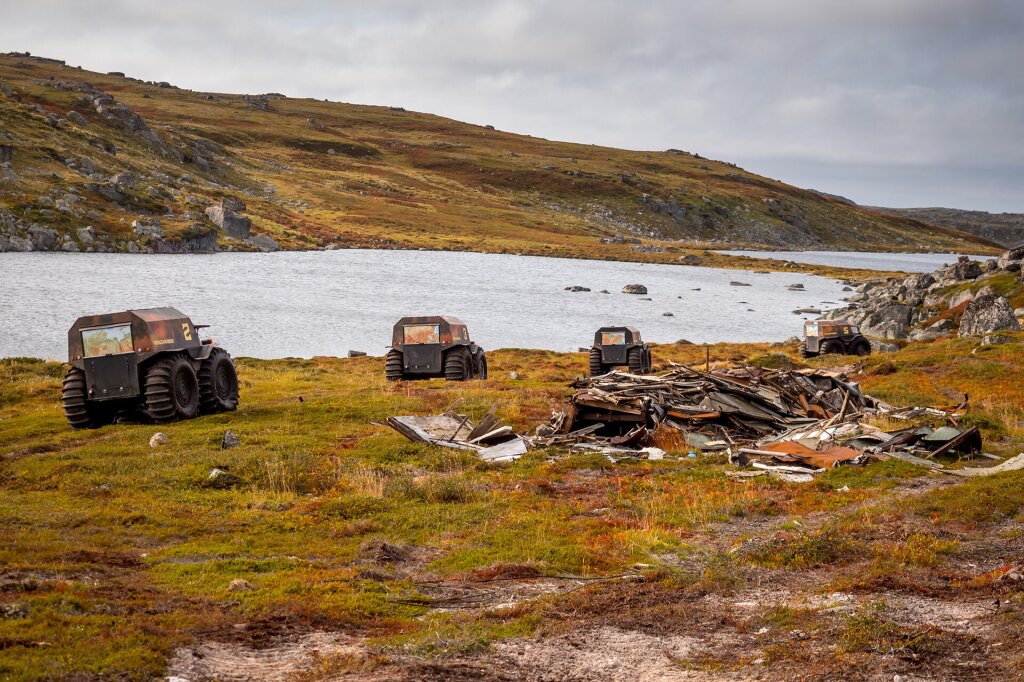In April 1986, the Chernobyl Nuclear Power Plant exploded and sent upwards of 50 million curies into the surrounding environment. Working through archives, Brown encountered many contradictory accounts of the disaster and its effects. Realizing that though people and archives lie, trees probably don’t, she turned to scientists—biologists, foresters, physicians and physicists—to help her understand the ecology of the greater Chernobyl territories and the health effects that ensured. She learned working in the swampy territory around the blown plant that radioactive contaminants saturated local eco-systems long before the Chernobyl accident and continued long after the 1986 event. Brown argues that to call Chernobyl an “accident” is to sweep aside the continuum of radiation exposure that saturated environments in the northern hemisphere in the second half of the 20th century. Instead of a one-off accident, Brown argues that Chernobyl was a point of acceleration on a timeline of radioactive contamination that continues to this day.
Kate Brown is a Professor of History in the Science, Technology and Society Department of Massachusetts Institute of Technology. She is the author of the prize-winning histories Plutopia: Nuclear Families in Atomic Cities and the Great Soviet and American Plutonium Disasters (Oxford 2013) and A Biography of No Place: From Ethnic Borderland to Soviet Heartland (Harvard 2004). Brown was a 2009 Guggenheim Fellow. Her work has also been supported by the Carnegie Foundation, the NEH, ACLS, IREX, and the American Academy of Berlin, among others. Her latest book, Manual for Survival: A Chernobyl Guide to the Future was published March 2019 by Norton (US), Penguin Lane (UK). It will be translated into Polish, Czech, Slovak, Lithuanian, French, Spanish, and Korean.
Watch the event recording on YouTube here.
Read the event recap here.



